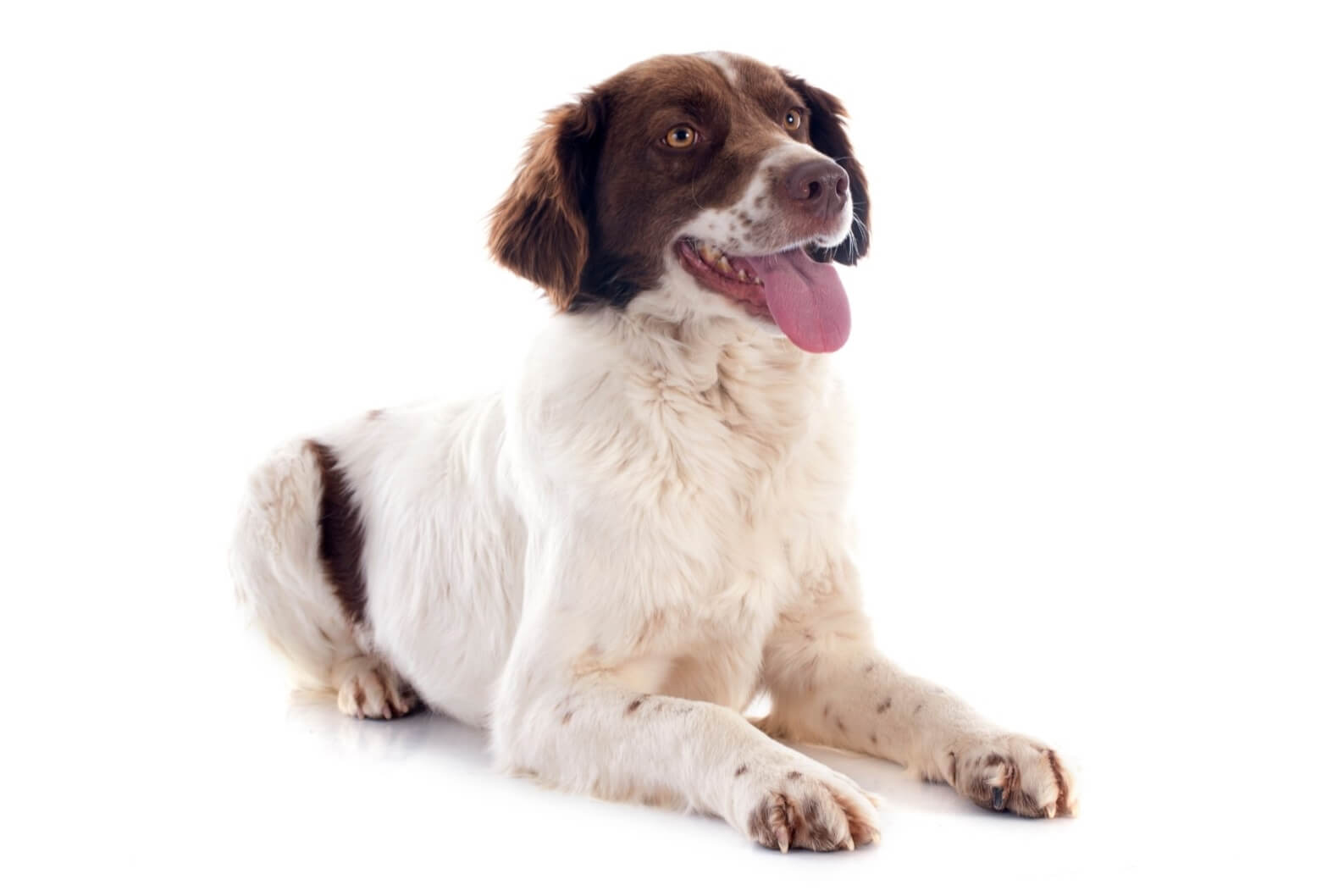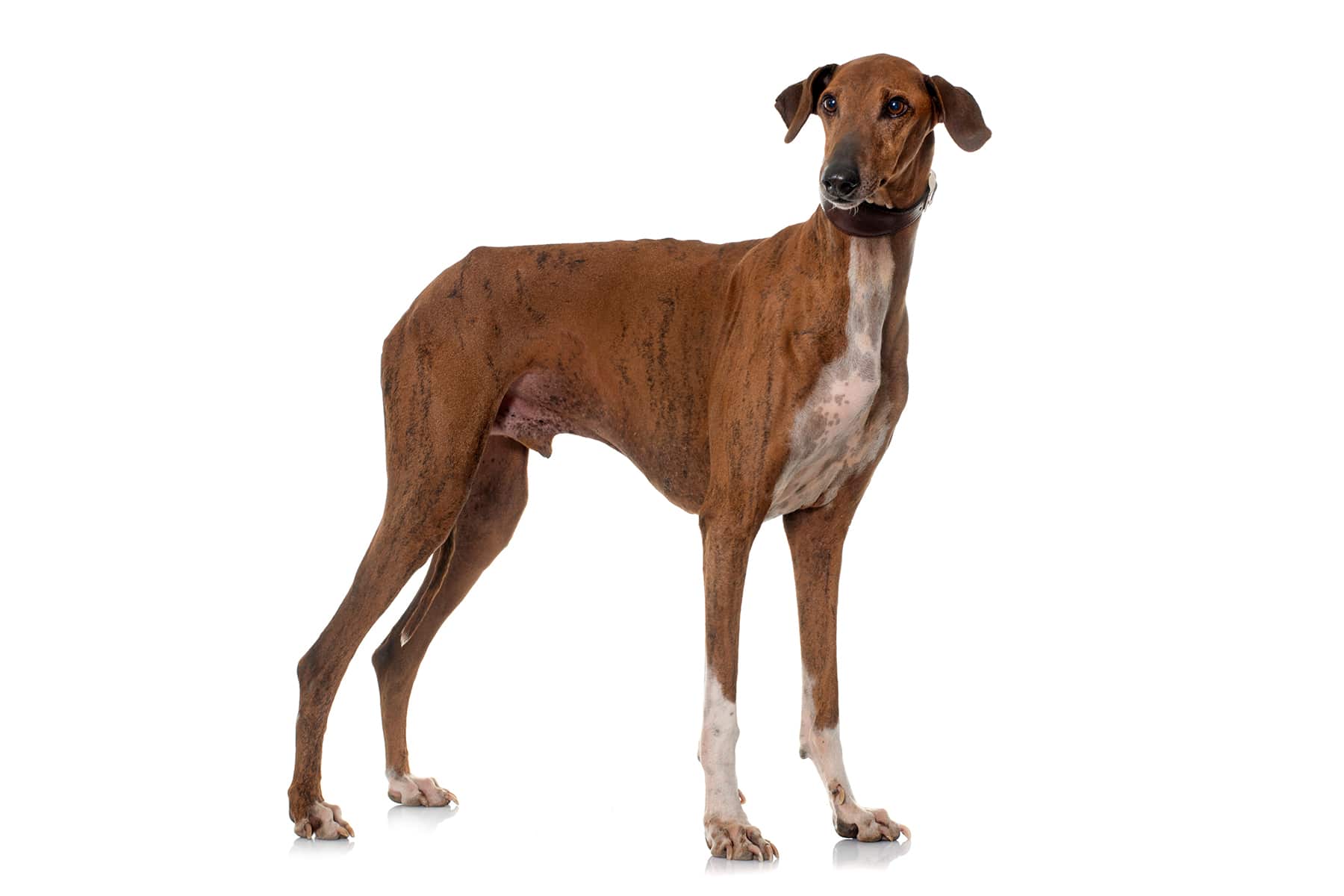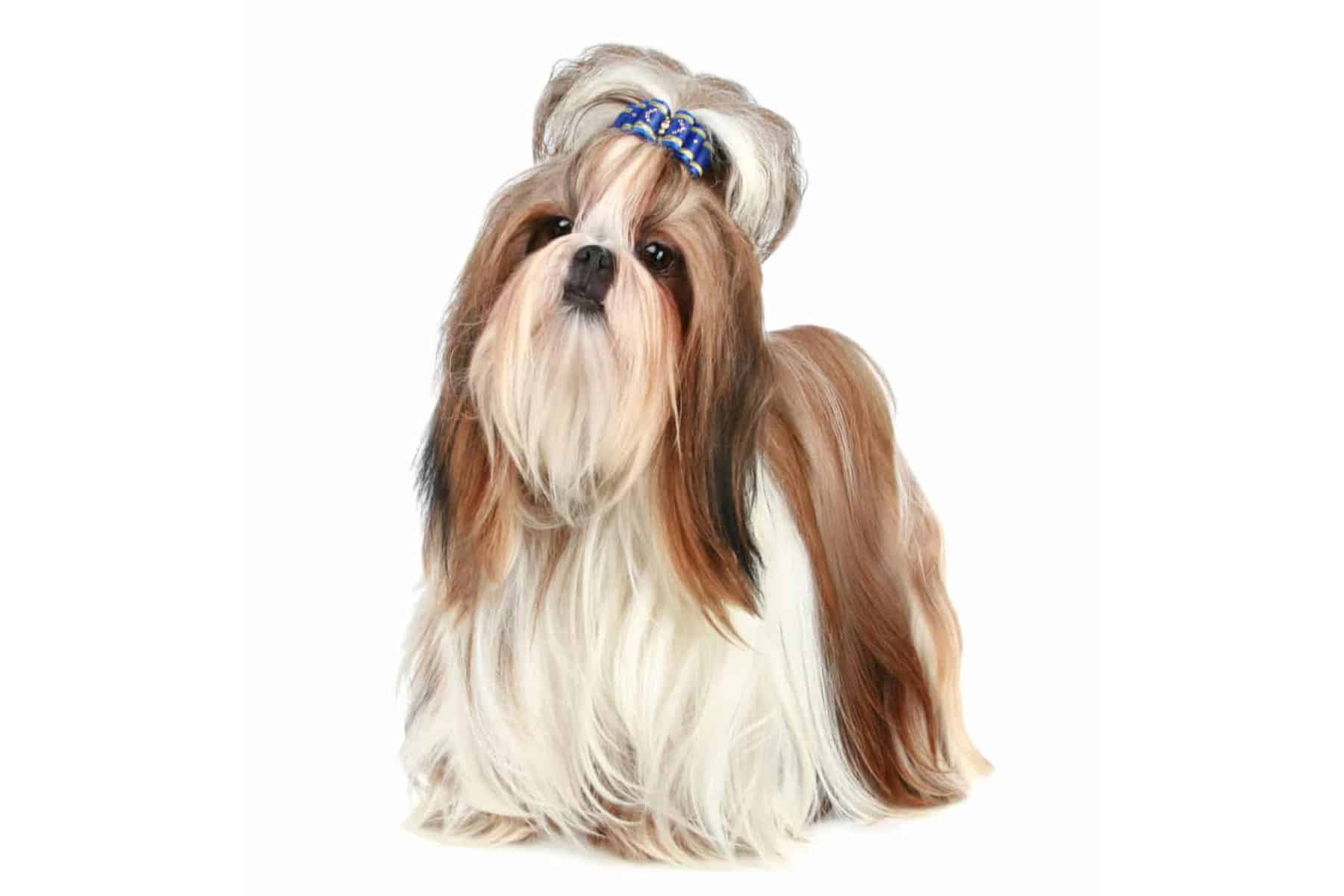Standard Schnauzer
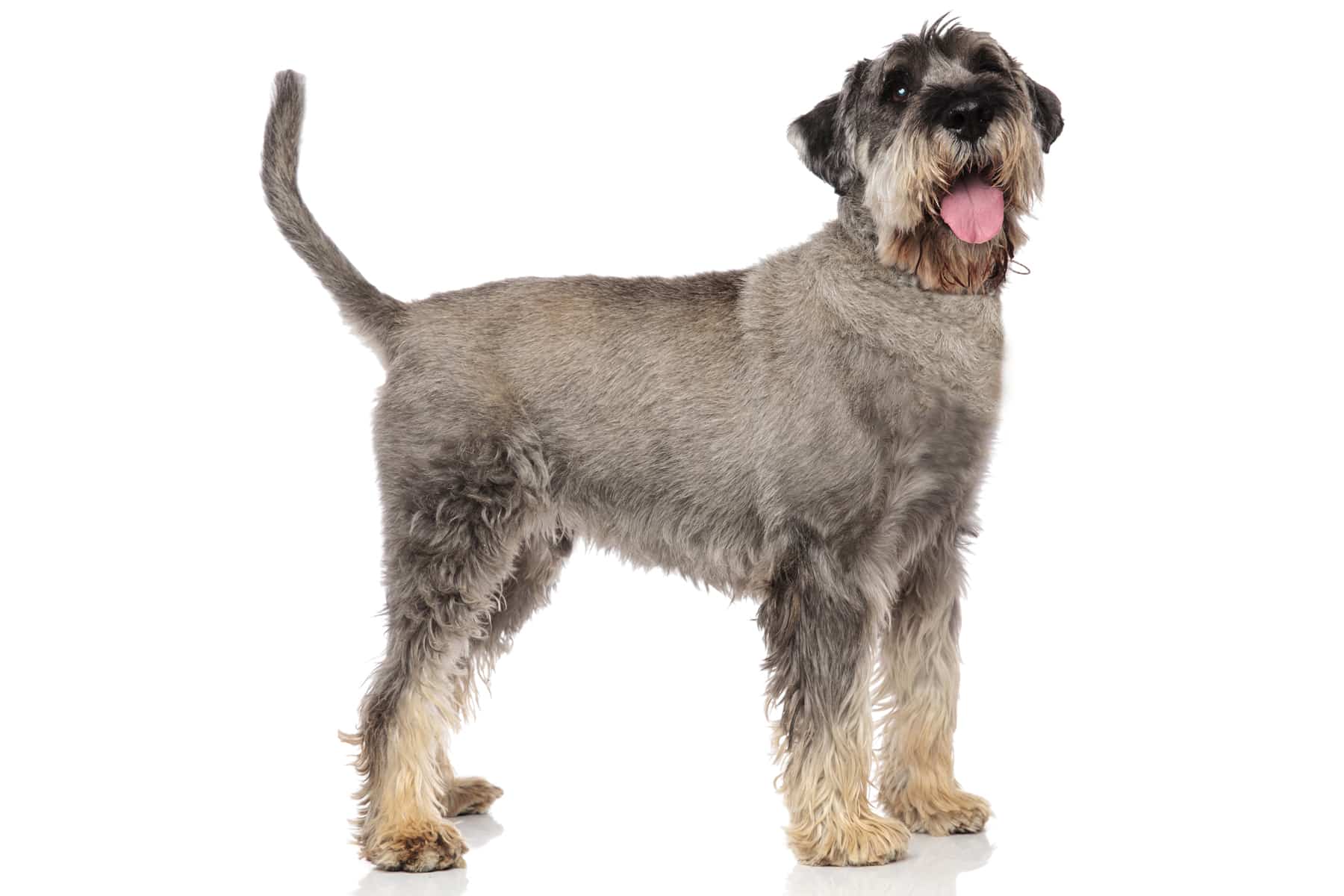
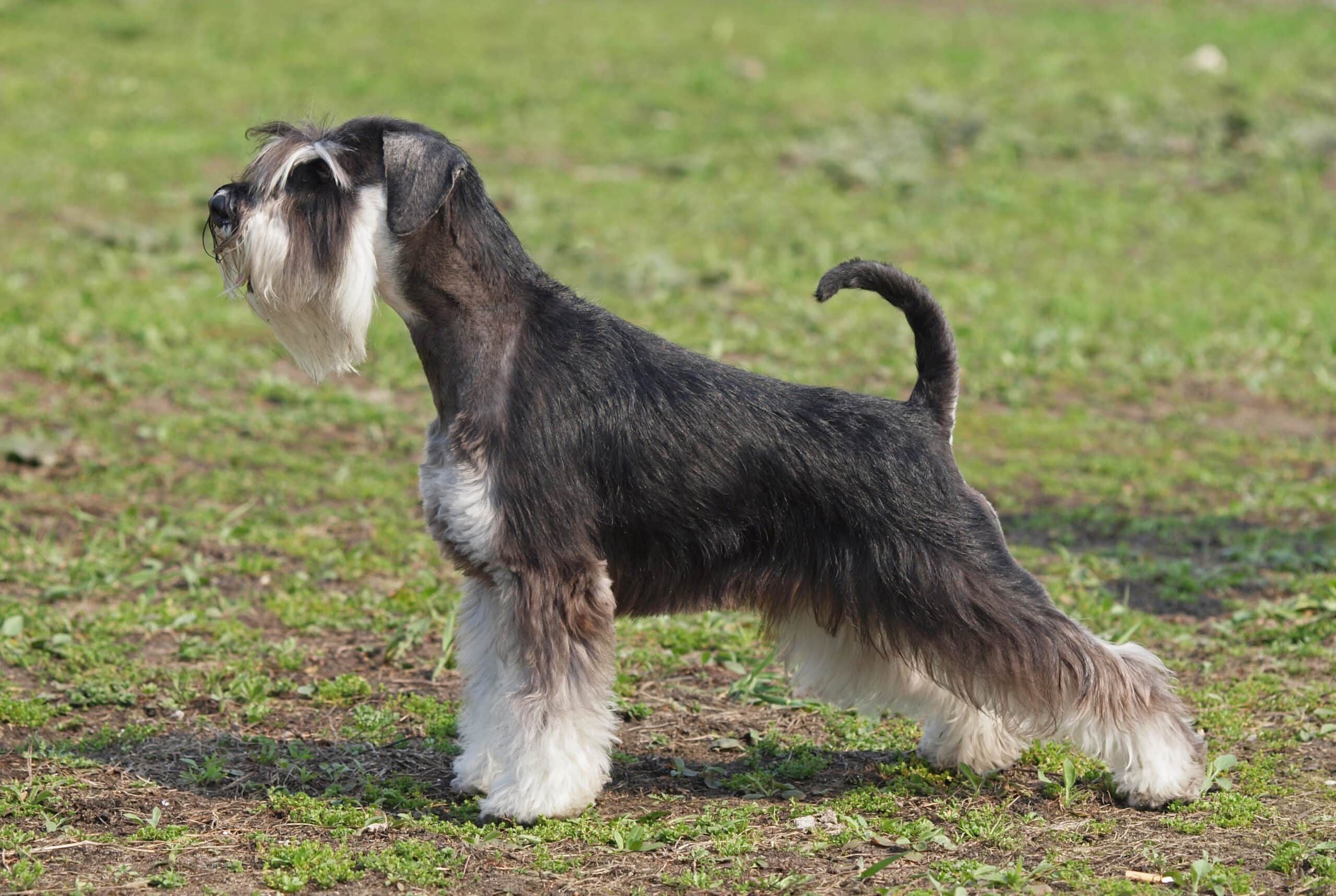
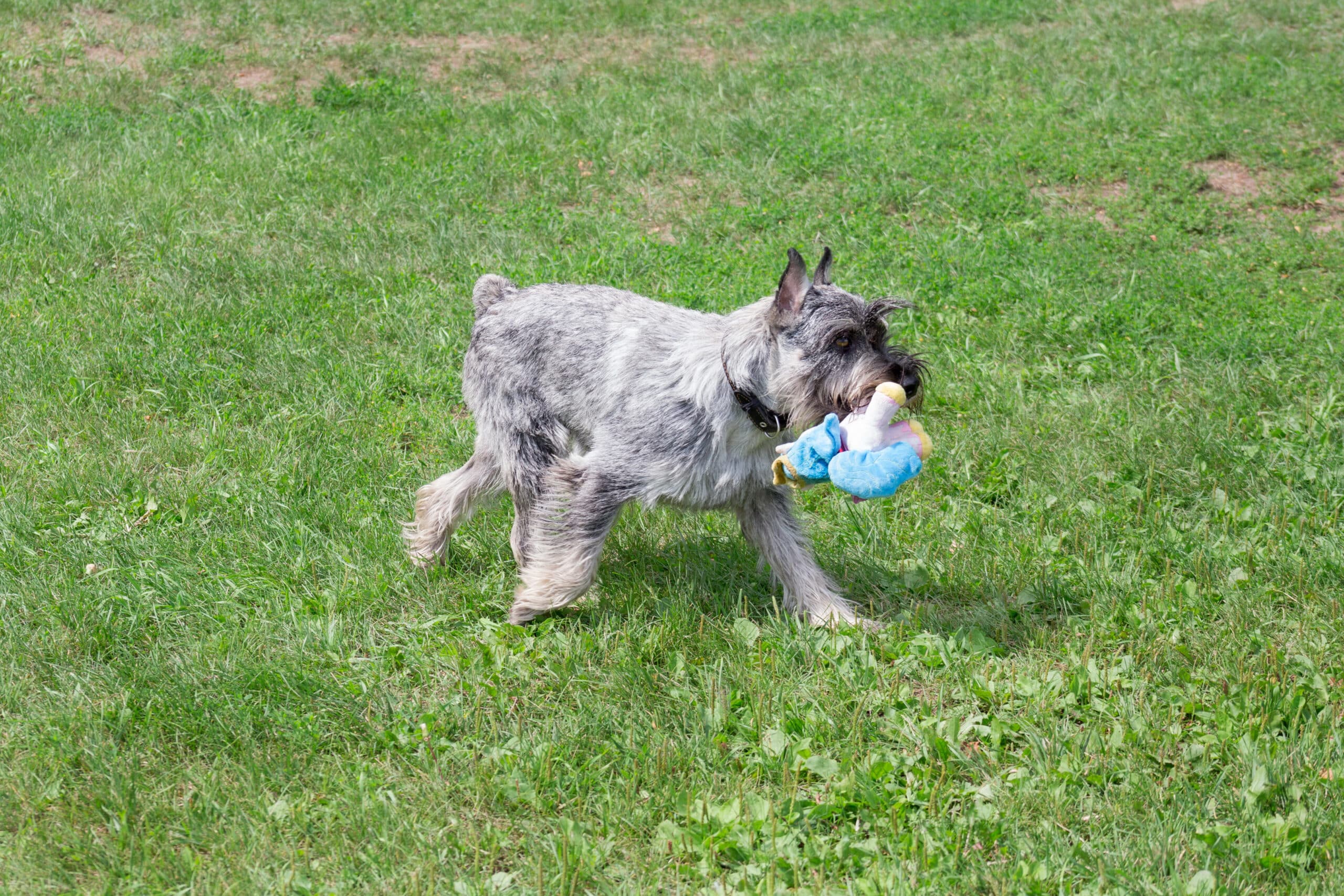
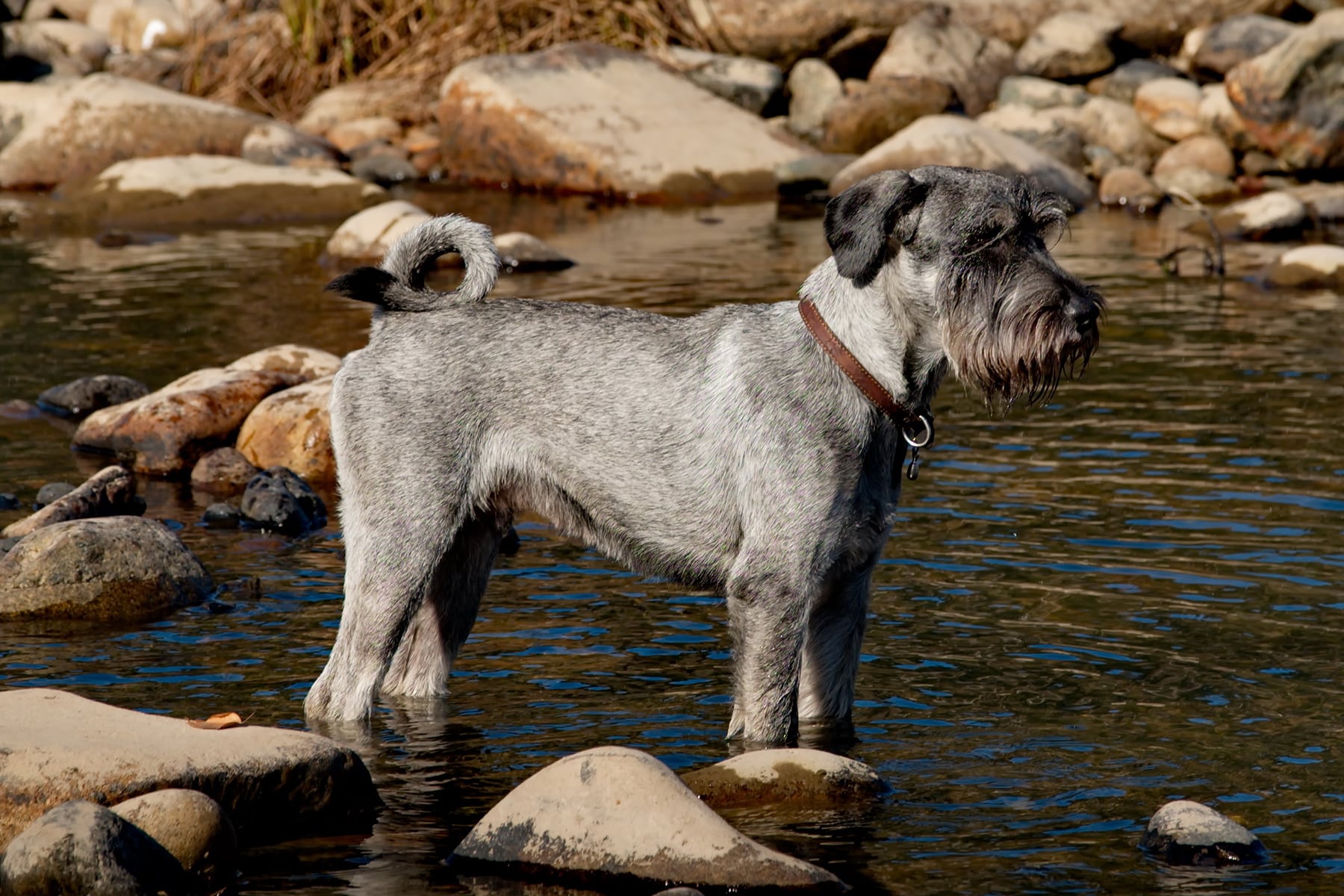
Temperament:
The standard schnauzer is also known as the schnauzer or medium schnauzer. Its bushy eyebrows and, of course, its moustache are particularly striking. The latter gives it its name. The medium schnauzer has a very lively temperament. At the same time, however, it is also courageous and self-confident. Its build is medium-sized and strong.
Characteristics
The character of the standard schnauzer is very versatile. On the one hand, it is very lively, playful and affectionate. On the other hand, they are usually very balanced and alert. However, they can also be very stubborn. Due to these versatile character traits, this dog is also very flexible.
Standard schnauzers can be both loving family dogs and courageous guard dogs. The role of the owner is important. He must know exactly how to deal with the character of this dog. This is the only way to encourage the individually desired character traits.
Its intelligence, playfulness and good nature make the standard schnauzer the ideal family dog. This is why it particularly enjoys romping around with children. Its stamina also makes it a good companion on long walks.
His natural distrust of strangers and his self-confident demeanor make him the ideal guard dog. He would courageously defend his human without becoming nervous or too aggressive.
With the standard schnauzer, consistent behavior on the part of the handler is important. If the dog senses insecurity in its owner, a tendency towards dominance may emerge. Physical and mental exercise are also very important. If neglected, the dog will develop undesirable behavior patterns.
Coat care:
Shedding:
Energy level:
Trainability:
Children suitable:
The right food
When choosing food, make sure that it contains high-quality ingredients, is balanced and meets your dog's requirements. Age, size or weight, activity and health status play an important role. You should follow the manufacturer's recommendations for the amount of food.
Treats should only be fed in moderation and deducted from the basic diet to avoid obesity.
Puppies can be fed 4-6 times a day. The number of meals should be gradually reduced to 2 per day until the dog is fully grown. A rest period should be observed after meals.
Fresh drinking water should be available at all times.
Health & Care
The standard schnauzer has a very hard and wiry coat. However, the whiskers and eyebrows must be combed regularly. Otherwise the coat can quickly become matted. Whisker care is particularly important when feeding wet food. Without proper care, the wet food will otherwise stick the hairs together.
The coat should also be trimmed two to three times a year. If you have no experience with trimming, you can also visit a dog grooming salon. If you want to trim your dog's hair yourself but want to avoid injuries, you can learn how to do this in special courses. With a little practice, you'll soon get the hang of trimming.
A big advantage of the standard schnauzer is that it has hardly any hair. Apart from regular trimming and combing, they are therefore very easy to care for.
Suitable accessories
You should buy your standard schnauzer a suitable comb and trimmer for grooming. In addition to dog baskets, food and water bowls, you can also treat your dog to some toys. The standard schnauzer is very lively and playful. That's why everything from agility to obedience and flyball is suitable for them.
You should not underestimate the urge to move and the stamina of this breed. A sturdy lead and a well-fitting harness are therefore a sensible investment.
Other accessories that are part of every dog's basic equipment: tick tweezers, claw clippers, mild dog shampoo, dog toothbrush and cream, transport box for transportation in the car and a first aid kit. It's best to ask your vet what should be in the first aid kit.
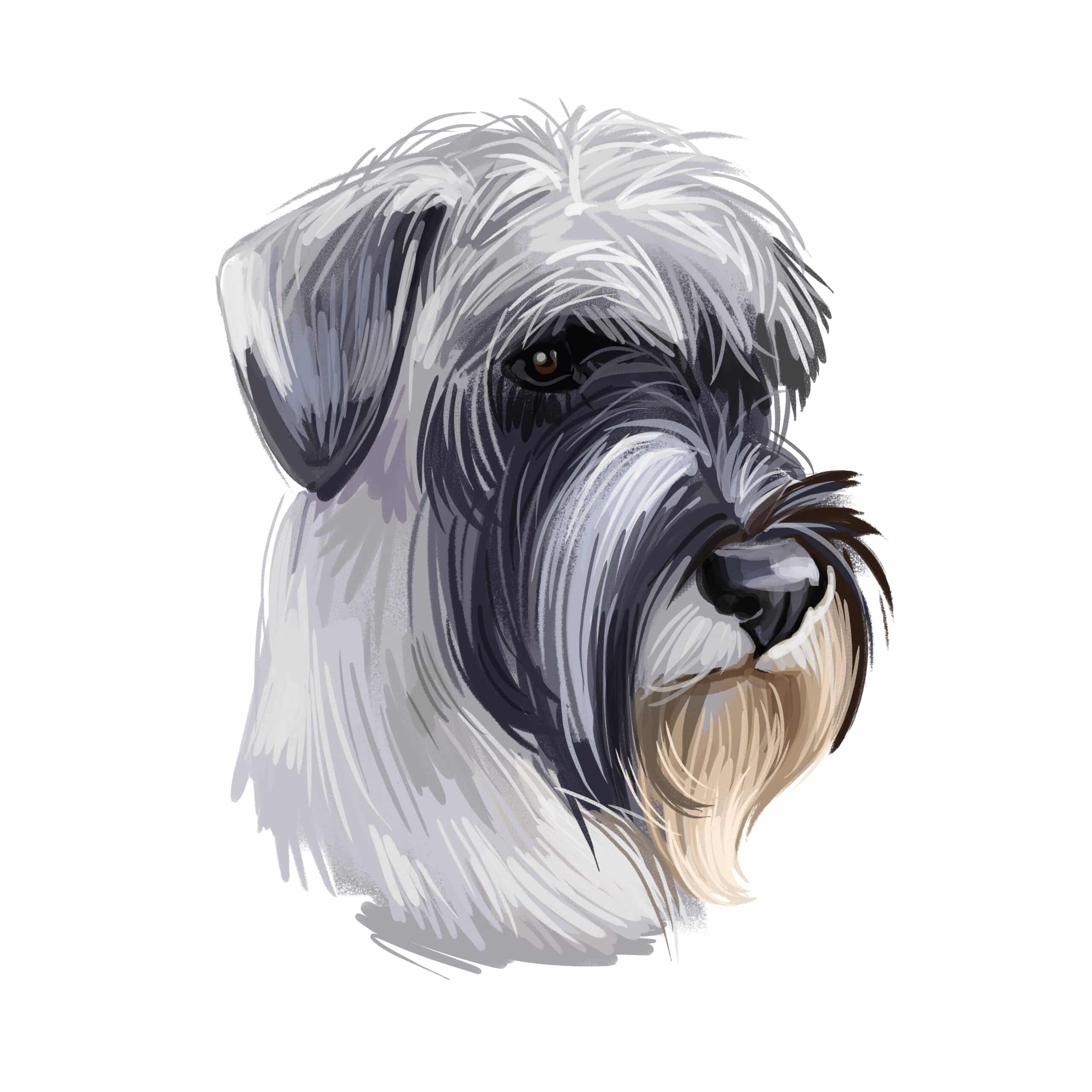
Origin & History
The Schnauzer was originally a variant of the Pinscher. Its homeland is southern Germany, where it first appeared around 500 years ago. Its original task was to keep rats and mice out of stables. This is where its nickname "Rattler" comes from.
In addition to hunting rodents, the Schnauzer also protected its owner's yard and house. As soon as strangers approached him, he began to bark loudly. It was also used to protect travelers. Not least because he got on well with horses. Attackers were quickly chased away by his loud barking.
The targeted breeding of the Schnauzer began in 1882 by Max Hartenstein. The first breed club was founded just 13 years later. At that time, Schnauzers and Pinschers still belonged to this club. In 1907, a separate club was dedicated to the Schnauzer.
In addition to the standard schnauzer, there is also the giant schnauzer and the miniature schnauzer. The giant schnauzer became increasingly popular in the 1930s. The miniature schnauzer gained popularity after the Second World War.
